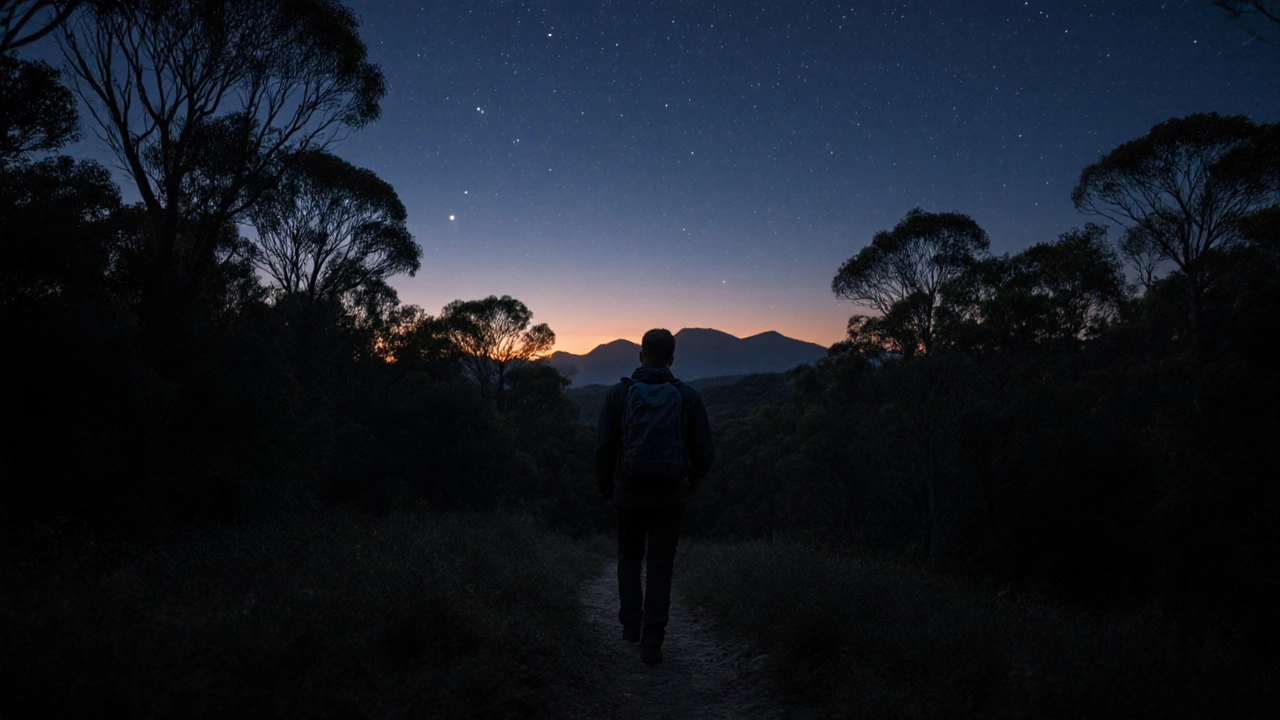Forest Camping Risks: What You Need to Know Before You Go
When you think of forest camping, sleeping under trees in remote natural areas, often without designated campsites. Also known as wild camping, it’s the kind of trip that feels like freedom—until something goes wrong. It’s not just about packing a tent and hoping for good weather. wild camping, camping outside official sites, often in forests, moors, or remote areas comes with real dangers that most guides skip. You might not get fined in the UK if you’re quiet and gone by dawn, but that doesn’t mean you’re safe. Weather shifts fast in the woods. Rain turns ground to mud, wind snaps branches, and fog rolls in so thick you can’t find your own tent. And if you’re not prepared, a sudden storm can turn a weekend escape into a survival situation.
Then there’s the stealth camping UK, the practice of camping discreetly in hidden spots to avoid detection by landowners or authorities. It’s popular because it’s free and feels adventurous, but it’s not risk-free. Getting caught isn’t just about a fine—it’s about being forced off the land, having your gear confiscated, or even being reported to police. And it’s not just the law you’re dodging. Wildlife doesn’t care if you’re just passing through. Badgers, deer, and even foxes can get bold near food. Insects? They’re everywhere. Ticks carry Lyme disease. Mosquitoes? They’re not just annoying—they can carry infections. Then there’s the ground itself. Uneven terrain, hidden roots, and hidden holes can twist an ankle in seconds. No one talks about how hard it is to sleep when you’re constantly listening for movement in the dark.
People assume forests are safe because they’re beautiful. But beauty doesn’t mean safety. You need to know the terrain, the weather patterns, the local rules, and how to react if things go sideways. That’s why the posts below don’t just list pretty spots—they dig into what actually goes wrong. You’ll find real stories about people who got caught in sudden downpours, lost power in remote spots, or woke up to a campsite surrounded by water. Others share how they avoided fines by knowing the 36 rule, how to check for flood zones before setting up, and what gear actually makes a difference when it’s cold and wet. This isn’t about glamorizing the outdoors. It’s about making sure you come back alive—and not with a bill, a scare, or a story you wish you hadn’t lived.
-
 VIEW POST
VIEW POSTNighttime Forest Safety: Why You Shouldn't Enter Woods After Dark
Oct, 26 2025|0 CommentsDiscover the hidden dangers of entering woods at night and learn practical safety tips to protect yourself from wildlife, navigation errors, and cold.